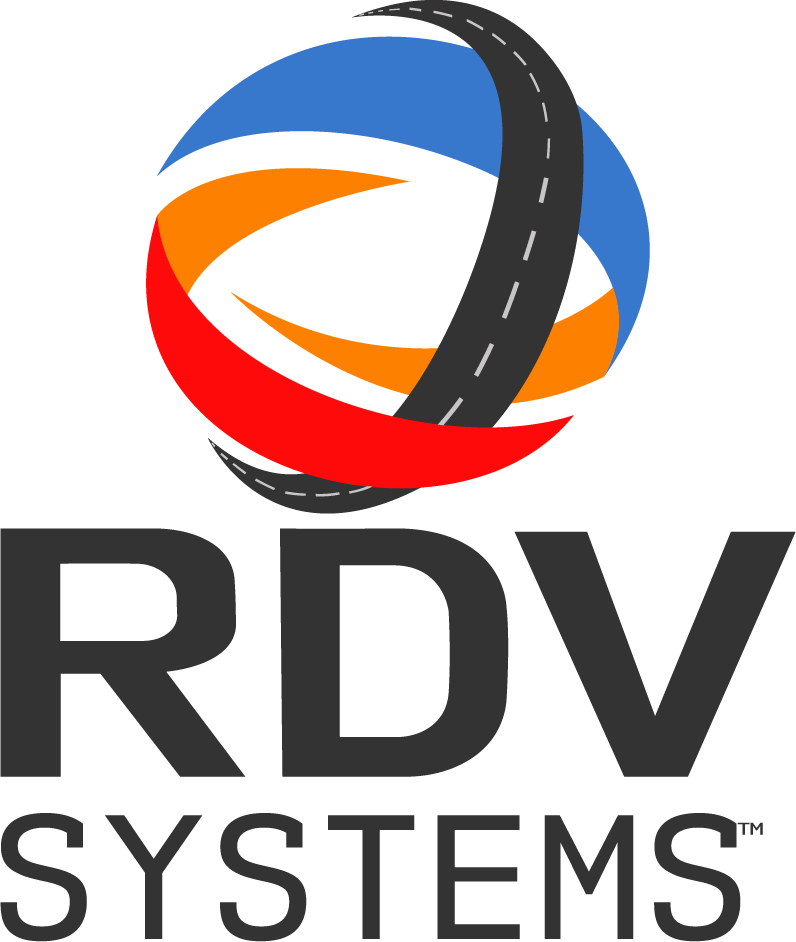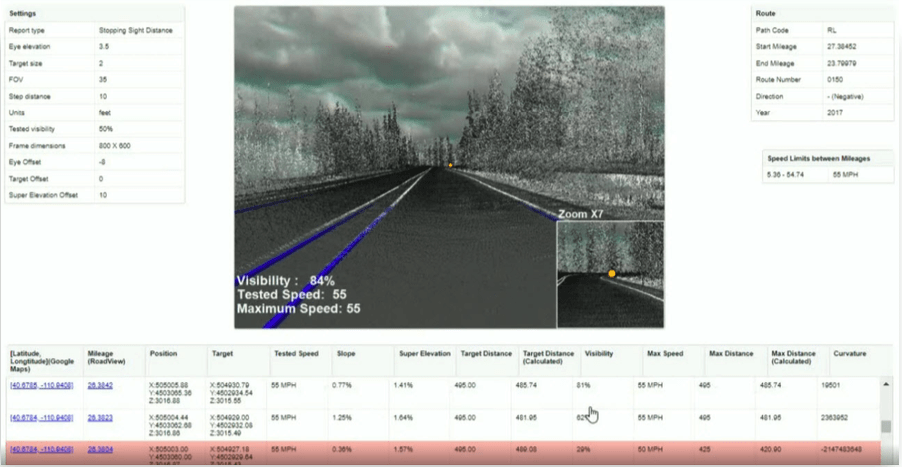Introduction
Utah’s Department of Transportation is motivated by three strategic goals, among them optimization of mobility and preservation of infrastructure. Their top priority, however, is the commitment to bringing the number of roadway fatalities down to zero on the many roads and highways that crisscross the State of Utah.
UDOT has been among national leaders in adopting innovative and technological approaches to this great task of improving road safety. Robert Miles, UDOT’s Director of Traffic Safety, is driven to find cutting-edge data-driven solutions to the pressing issues facing road safety today.
For Miles, “each death is a fundamentally preventable tragedy that represents some failure of the system. We take our commitment to Zero Fatalities very seriously, so we’re willing to look into innovative technologies that appear promising.”
Challenges on the Road to Safety
The search for safer roads has led UDOT to implement the industry’s best and newest analytical tools, but nevertheless these tools have their limits. The best software available has been built around analysis of crash data that many government bodies have been aggregating for years now. This particular approach can provide an excellent picture of the problems faced by safety engineering professionals, showing where and when crashes occur.
However, this approach is not very effective at determining the underlying causes of these crashes, the underlying “why” of the meticulously collected statistics often remains a mystery. Relying solely on historic data is necessarily reactive, road safety solutions that are proactive and predictive require a different approach.
Robert Miles explains: “A road safety methodology that is informed solely by crash statistics is incomplete. Even assuming we know exactly what to do to solve a given problem, as roads become safer, fewer crashes will occur, and it actually becomes harder and harder to understand where improvements need to be made.”
Understanding this, when approached by RDV Systems in August 2019, Miles was quickly able to see the potential in their recently developed RSA-3D road safety technology.
A Disruptive Approach to Safety
A Disruptive Approach to Safety
RDV (Rapid Design Visualization) was originally recruited by UDOT to provide visualization services for a project to widen Highway 5600 West through its 123BIM cloud-based 3D modeling platform.
During this project, RDV contacted Robert Miles and set up a meeting to present its recently developed road safety technology, Road Safety Audit 3D (RSA 3D). This software builds a precise virtual model of highway systems, and then performs automated analyses based on the road safety standards set by the federal government.
Utah Sight Lines (High)
Stopping Sight Distance
Humble Beginnings
The initial project would consist of analyzing six different roads in Utah based on their LiDAR data. Roads with varying characteristics; two roads of each rural, suburban, and mountainous, were chosen to see the technology at work in a variety of conditions.
Miles explains about the pilot project: “We decided that the parameter we would analyze in our initial phase would be stopping sight distance. We had long been concerned that insufficient visibility was a contributing factor in many crashes, but had limited means of quantifying that claim. What we found out was that we can indeed use this technology to identify and then address areas of concern.”
Click Here to See Full Report
This pilot project showed promising results, and was able to provide some very useful insights. Somewhat surprisingly, although many sight distance deficiencies were identified, most were not resultant from the roadway base geometry alone. In many cases, there was some man-made or natural obstruction to the driver’s view. “All of a sudden now this becomes an area where we can start to focus our engineering efforts and our maintenance activities. If trees are blocking the sight distance, or rock outcroppings, anything like that, it allows us to be able to go in there and very quickly now, identify where we might have problems” remarks Carlos Braceras, Executive Director of UDOT.The results showed many examples of previously unidentified “low-hanging fruit”, real safety hazards that could be mitigated simply, for instance by cutting off a branch of a tree.
UDOT is now able to use these insights in combination with the sources of data that they already have access to in order to come up with cost-effective and meaningful solutions to the many hazards that may cause crashes.

Carlos Braceras
Executive Director of UDOT
Scaling Up
Utah’s DOT is at the forefront of government organizations who are beginning to recognize that today’s cutting-edge technology such as LiDAR, cloud computing, and automated analysis are likely to radically change the way that road safety is approached.
Robert Miles and his team are motivated by their responsibility to the people of Utah, and will continue searching for new innovations in road safety. He concludes:
“Many government agencies are fundamentally changing the way they think about crashes. What was once considered an inherent consequence of high-speed transportation is now seen as an engineering challenge with real and practical solutions. Technologies like RSA 3D are integral tools that allow safety professionals to solve problems previously deemed impossible and bring us closer to a future with zero roadway fatalities.”

Robert Miles
UDOT’s Director of Traffic Safety
Join The Road Safety Revolution.
Do You Have A Project You’d Like to Discuss?




